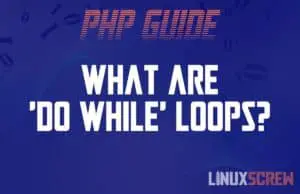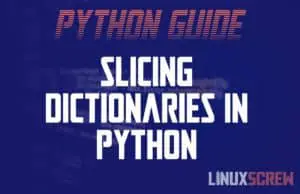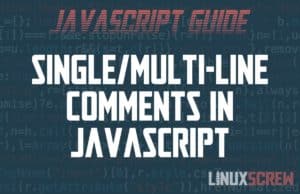Home » Programming
Rounding Numbers Up with the PHP ceil() Function, with Examples
This short tutorial will cover how to use the PHP ceil() function to round numbers UP – and provide some code examples. The PHP ceil() function rounds a number up (and only up!) to the nearest integer. To round a number down to the nearest integer, use the floor() function instead. To round a number normally, or for more options when rounding a number, use the round() function. PHP ceil() Function Syntax The syntax for the PHP ceil() function is as follows: ceil($NUMBER) Note that: $NUMBER is the float or integer number you wish to perform the ceil() operation on ceil() will return a float type number regardless of … Read more






![How to Add/Append Items to a Dictionary in Python [Examples] 6 Add Item to Python Dictionary](https://cd.linuxscrew.com/wp-content/uploads/2021/11/python-add-item-to-dictionary-300x194.jpg)



